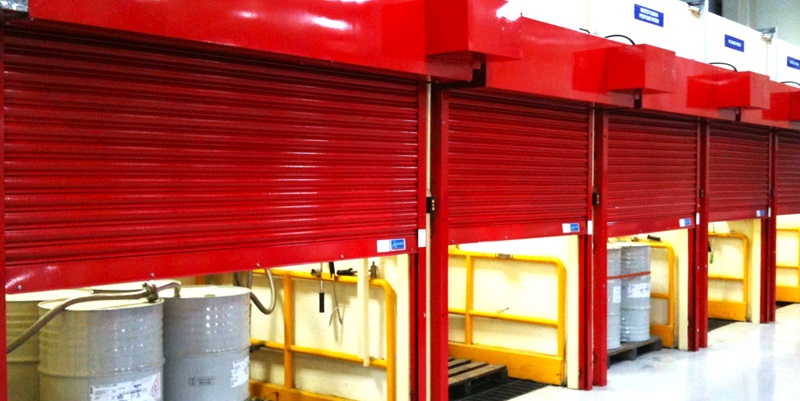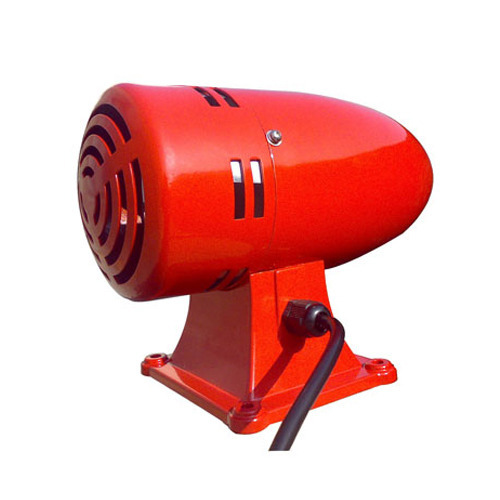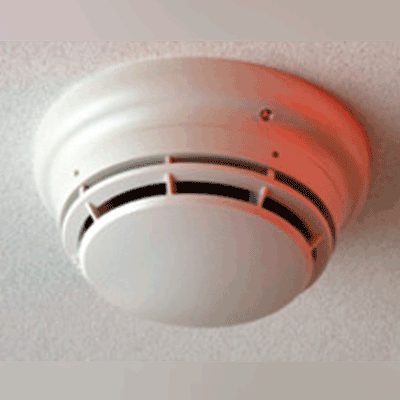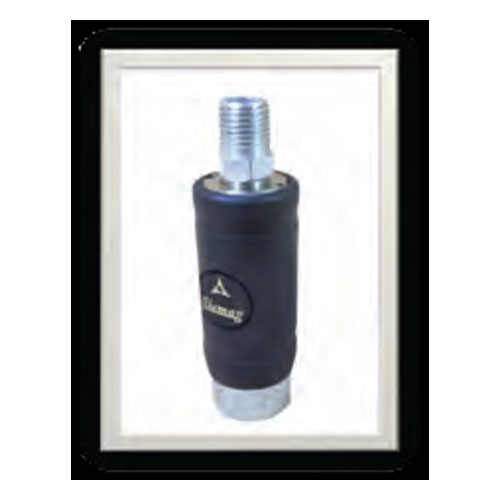Schedule a Call Back
Critical risk assessment in the workplace: Suresh Tanwar
 Articles
Articles- Nov 26,24

Related Stories

Fire-rated rolling shutters vs standard shutters
Fire-rated rolling shutters are engineered with high-grade, fire-resistant materials like galvanised or stainless steel, often treated with special coatings and insulation to endure extreme heat for..
Read more
Gandhi Automation’s Sectional Overhead Doors offer unrivalled soundproofing
The doors are known for their reliability and durability. Engineered to withstand rigorous use; they provide excellent thermal insulation and soundproofing. The doors are also customisable to fit a ..
Read more
Gandhi Automations' Rolling Shutters have better safety and durability
Each of Gandhi Automation's Rolling Shutters is designed to the client's specifications, conforming to IS 6248, and is solidly constructed to promote trouble-free operation and long life.
Read moreRelated Products

Fire Protection - Industrial Sirens
Amit Safety Enterprises offers a wide range of fire protection industrial sirens.
Read more
Fire Alarm Sysytem
Nayakson Security Systems is offering a range of fire alarm, intrusion alarm and gas alarm systems.

Push Button Safety Quick Release Coupling
Siemag introduces the all new push button safety quick release couplings. Read more













